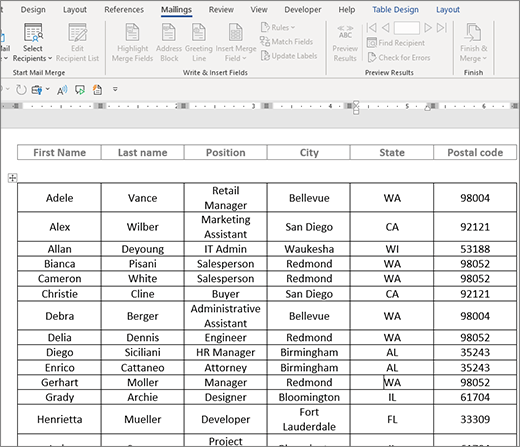
- #HOW TO CREATE A DIRECTORY SOFTWARE#
- #HOW TO CREATE A DIRECTORY LICENSE#
To avoid errors, do not initialize the new repository with README, license, or gitignore files. & git commit -m "initial commit" & git pushĪdding a project to GitHub without GitHub CLI Stage, commit, and push all of the files in your project.
#HOW TO CREATE A DIRECTORY LICENSE#
gitignore or LICENSE file in the previous step, this will pull those changes to your local directory.) git pull -set-upstream origin main Pull changes from the new repository that you created. For more information about possible arguments, see the GitHub CLI manual. Alternatively, you can specify arguments to skip these prompts. gh repo create project-nameįollow the interactive prompts. If you want your project to belong to an organization instead of to your user account, specify the organization name and project name with organization-name/project-name. Replace project-name with the desired name for your repository. To create a repository for your project on GitHub, use the gh repo create subcommand. Initialize the local directory as a Git repository. In the command line, navigate to the root directory of your project. To learn more about GitHub CLI, see " About GitHub CLI." GitHub CLI can simplify the process of adding an existing project to GitHub using the command line. GitHub CLI is an open source tool for using GitHub from your computer's command line.

Sensitive information can include, but is not limited to:įor more information, see " Removing sensitive data from a repository." Adding a project to GitHub with GitHub CLI Warning: Never git add, commit, or push sensitive information to a remote repository.
GitHub Statement Against Modern Slavery and Child Labor. GitHub Open Source Applications Terms and Conditions. GitHub's Notice about the California Consumer Privacy Act. Guidelines for Legal Requests of User Data. Responsible Disclosure of Security Vulnerabilities. GitHub Bug Bounty Program Legal Safe Harbor. GitHub Private Information Removal Policy. Guide to Submitting a DMCA Counter Notice. Guide to Submitting a DMCA Takedown Notice. GitHub Terms for Additional Products and Features. This file naming case study includes real-life examples of problems you could encounter if you don't make good file naming choices!Ĭheck out this case study of an organized and thorough method used by one research group to name a large set of image files. PSRenamer (Linux, Mac, or Windows, free). 
If you have too many files to rename them all by hand, try one of the following applications for renaming your files: You may already have a lot of data collected for your project and wish to organize and rename these files for easier data management.
Camel case, where the first letter of each section of text is capitalized, e.g. 
#HOW TO CREATE A DIRECTORY SOFTWARE#
Some software will not recognize file names with spaces, and file names with spaces must be enclosed in quotes when using the command line.
When using a sequential numbering system, using leading zeros for clarity and to make sure files sort in sequential order. Special characters such as ~ ! # $ % ^ & * ( ) ` ?, ' " and | should be avoided. Try not to make file names too long, since long file names do not work well with all types of software. This format makes sure all of your files stay in chronological order, even over the span of many years. A good format for date designations is YYYYMMDD or YYMMDD. Three-letter file extension for application-specific filesĪnother good idea is to include in the directory a readme.txt file that explains your naming format along with any abbreviations or codes you have used. You might consider including some of the following information in your file names, but you can include any information that will allow you to distinguish your files from one another. Choose a format for naming your files and use it consistently. Information for file namesįile names should allow you to identify a precise experiment from the name. Interested in learning more about data best practices? Check out our workshop. Individual directories may be set up by date, researcher, experimental run, or whatever makes sense for you and your research.ĭownload our File Naming Best Practices + Examplar handout (pdf)!įor more information on managing data, visit our FAQ. It's a good idea to set up a clear directory structure that includes information like the project title, a date, and some type of unique identifier. You should be consistent and descriptive in naming and organizing files so that it is obvious where to find specific data and what the files contain. How you organize and name your files will have a big impact on your ability to find those files later and to understand what they contain.







 0 kommentar(er)
0 kommentar(er)
